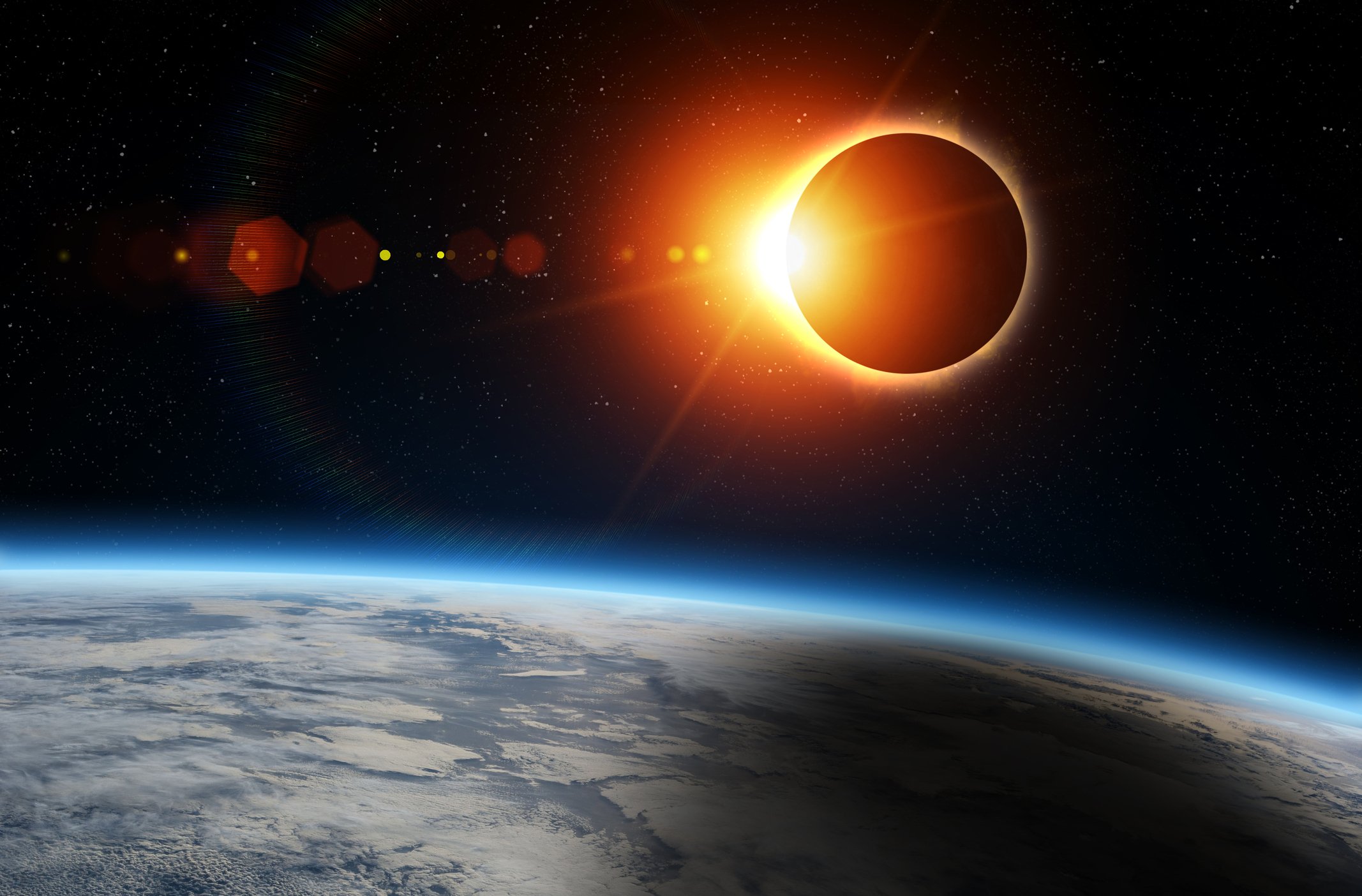Solar eclipses are astronomical events that occur approximately twice a year and can have different effects for observers on Earth. Brazilians were able to observe the annular solar eclipse late last year, and now North American residents will be able to observe it too The long-awaited total solar eclipse on April 8, 2024.
Considered one of the rarest astronomical events The last total solar eclipse seen in Brazil was almost 30 years ago. November 3, 1994. On this occasion, the city of Foz do Iguaçu in the south of Brazil became the first city where Brazilians could fully observe the solar eclipse. Criciúma was the last city to make observation possible.
The show, which was watched by the curious for about 4 minutes, was watched by Brazilians as well as citizens from Peru, Chile, Argentina and Paraguay.
Although it is an impressive event. Scientists explain that a total solar eclipse won’t happen forever. This means that at some point humanity will stop observing such events; In fact, many people who were unable to watch the 1994 eclipse may no longer be alive when the next eclipse occurs approximately 22 years from now.
“A total eclipse is the dance of three partners: Moon, Sun and Earth. Over time, the number and frequency of total solar eclipses will decrease. Approximately 600 million years from now, Earth will experience the beauty and drama of a total solar eclipse for the last time,” Richard Vondrak, a lunar scientist at NASA’s Goddard Space Flight Center in Maryland, said in an official statement.
Earth’s last total solar eclipse
During a total solar eclipse, the Moon obscures the Sun for a few minutes, allowing the ‘ring of fire’ around the landscape to be observed; It’s as if you were visualizing a ‘bright ring’ surrounding the celestial body.
This event is thought to be rare due to certain conditions: the Sun and Moon must be perfectly aligned, and the apparent size of the natural satellite must match the alignment of the star.
The last eclipse observable in Brazil occurred in 1994, the next will occur only in 2045, but total solar eclipses generally occur on Earth every 18 months. In other words, although they are rare, They are even rarer because they occur much less frequently depending on the region of the planet.
As NASA explains, the Moon is slowly moving away from the Earth, which corresponds to about 4 centimeters per year. This means that after 600 million years, total solar eclipses will no longer occur. because the apparent size of the Moon will be too small to completely cover the Sun.
Observing a total solar eclipse is very rare because the inner shadow of the Moon is small and limited to the area where the event will be visible. To observe this phenomenon, you need to be on the side of the Earth that receives plenty of sunlight and in the path of the Moon’s shadow. NASA states that a total solar eclipse occurs, on average, in the same place on the planet every 375 years.
Beginning and end of a total solar eclipse
The sizes of the Moon and the Sun are similar in appearance in the sky, causing eclipses because The solar structure is 400 times larger than the natural satellite, which is almost 400 times closer to the Earth than the Sun.
Since its formation around 4.5 billion years ago, the Moon has been ‘dancing an orbital waltz’ with the Earth, keeping the two celestial bodies in an interdependent relationship. As it moves further away, the Moon will appear smaller and smaller in the sky, but the truth is that it will never escape our planet’s orbit.

“In the very distant future, The views offered by total solar eclipses will end. This is because the Moon is slowly moving away from Earth at an average rate of 1-1/2 inches, or 4 centimeters, per year. Once the Moon has moved far enough away, its apparent size in the sky will be too small to completely block the Sun,” NASA explains in a release.
In any case, it is important to emphasize that the gradual retreat of the Moon will not be noticed by humans, as the process is expected to take millions of years. As a result, current humanity will no longer be alive when the last total solar eclipse is observed anywhere on Earth.
Did you like the content? Stay up to date with more interesting facts about solar and lunar eclipses at TecMundo. If you wish, take the opportunity to understand why the clouds disappear during the solar eclipse.
Source: Tec Mundo
I’m Blaine Morgan, an experienced journalist and writer with over 8 years of experience in the tech industry. My expertise lies in writing about technology news and trends, covering everything from cutting-edge gadgets to emerging software developments. I’ve written for several leading publications including Gadget Onus where I am an author.













